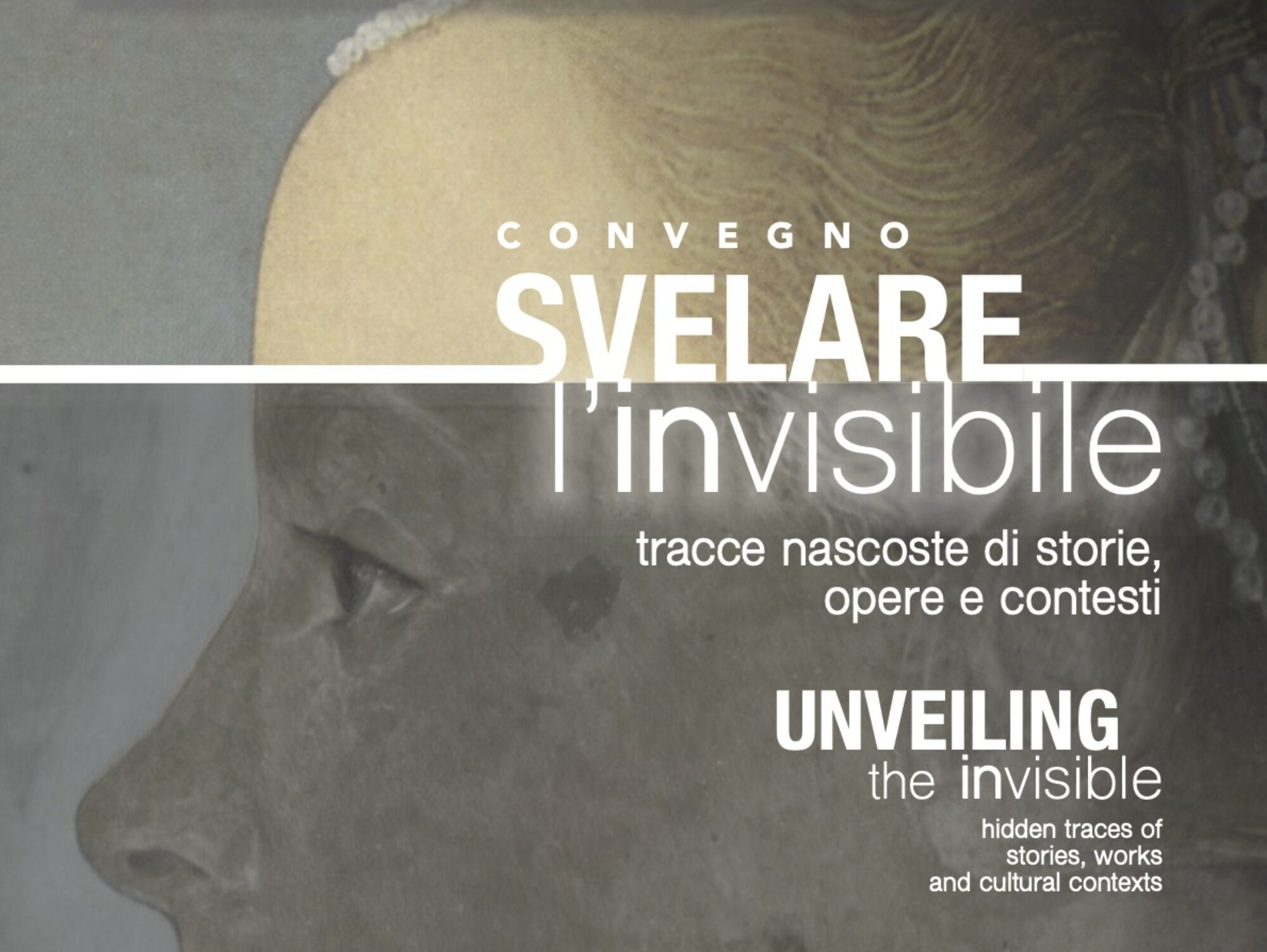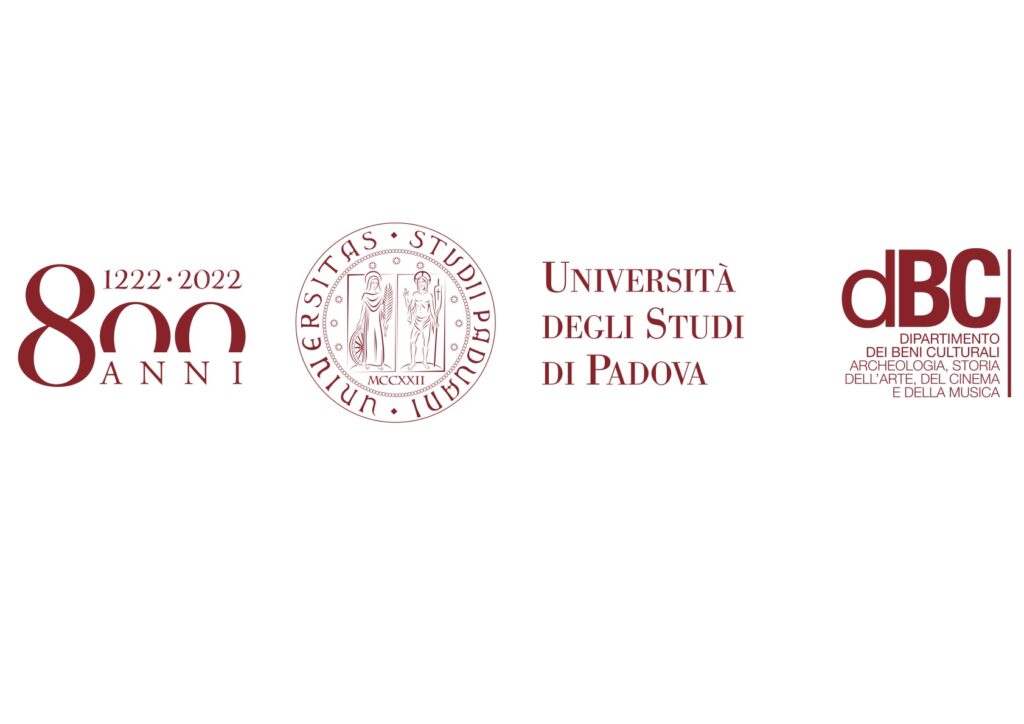The University of Padua, one of the oldest universities in the world, was founded in 1222 following the spontaneous move to the city of a group of law students and professors from nearby Bologna. Since its origins, the University has embraced the concept of libertas, which over the centuries has determined and influenced events and aspects of the University’s history. Different nuances, therefore, of the well-known patavina libertas, fundamental for the affirmation of certain individual freedoms that today are considered inalienable.
Palazzo Bo, one of the largest and most important building complexes in Padua, has been a university seat since the end of the 15th century. The palace consists of two buildings. The first is articulated around the so-called Cortile Antico, built from 1547 onwards, occupied in medieval times by the Hospitium Bovis, an inn located in the area of the beccherie, or butchers’ shops. Due to its origins, Palazzo Bo has retained the ancient name of this space in its name. The second set of buildings is the result of renovation works carried out in the late 19th and early 20th century on the spaces previously occupied by the 16th-century Palazzo Battaglia-Capodivacca. Its current appearance is mainly due to Rector Carlo Anti who, between 1932 and 1943, redefined the forms and functions of the palace, calling on renowned artists and architects to carry out the work.
Entering through the main door, one enters the Cortile Antico, attributed to the architect Andrea Moroni from Bergamo, where one can admire more than three thousand frescoed or stone coats of arms decorating the walls and vaults of the loggias. They belonged to students with academic appointments and their councillors, representatives of the different nationes.
The great variety of origins of the student body is also celebrated in the Sala dei Quaranta, whose walls host portraits of illustrious foreign students, painted by Gian Giacomo dal Forno in 1942 and recently restored. The room also houses the celebrated chair of Galileo Galilei, once located in the Great Hall of the Legists, today the Aula Magna, from which the professor gave his lectures.
Among the works preserved in Palazzo Bo, it is still possible to admire the statue by Bernardo Tabacco from Bassano, representing Elena Lucrezia Cornaro Piscopia, the first woman, according to tradition, to be crowned with laurel, the symbol of graduates.
The second body of the Palazzo is the Cortile Nuovo, built in the 1930s and 1940s at the behest of Rector Carlo Anti. Designed by architect Ettore Fagiuoli at the behest of the rector himself, it presents a completely different layout from the Old Courtyard, which exalted “the voluntaristic spirit of Paduan goliardery from 1848 onwards”. The main access to the Rector’s Office, the Scala del Sapere is developed in the Atrio degli Eroi, dedicated to the students who fell in the conflicts that involved the University from 1848 onwards. The monumental staircase was designed by Gio Ponti and decorated by the designer together with his daughter Lisa Ponti, Fulvio Pendini and Giovanni Dandolo in the early 1940s, with the student’s ascent to knowledge through personifications of the disciplines. At its base is a sculpture by Treviso artist Arturo Martini. Some more recent works decorate the Cortile Nuovo. In 1992, Gio Pomodoro created the Spirale dedicated to Galileo Galilei, to commemorate the 400th anniversary of the Tuscan professor. In 1995, Jannis Kounellis celebrated the fiftieth anniversary of the liberation from Nazi-Fascism with the work of Arte Povera Resistenza e Liberazione.
It is possible to access the interior spaces of Palazzo Bo and Palazzo Liviano exclusively through guided tours. On this page you can find all the information on guided tours organised by the University of Padua.

